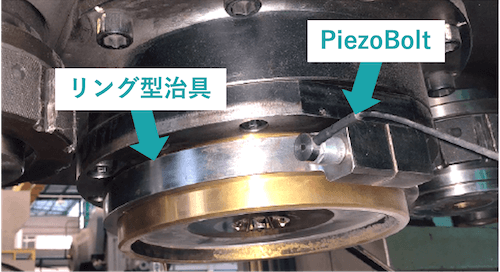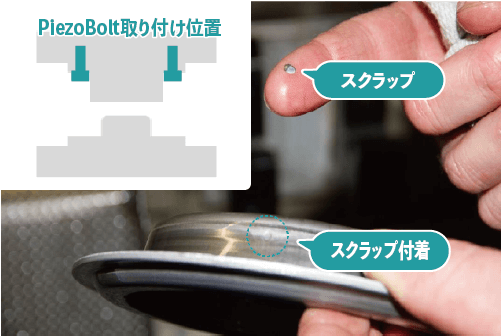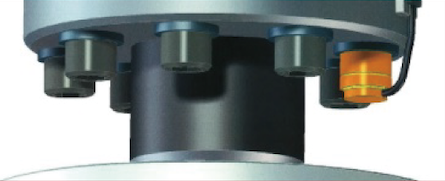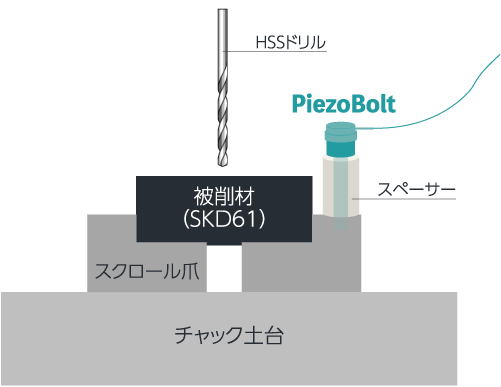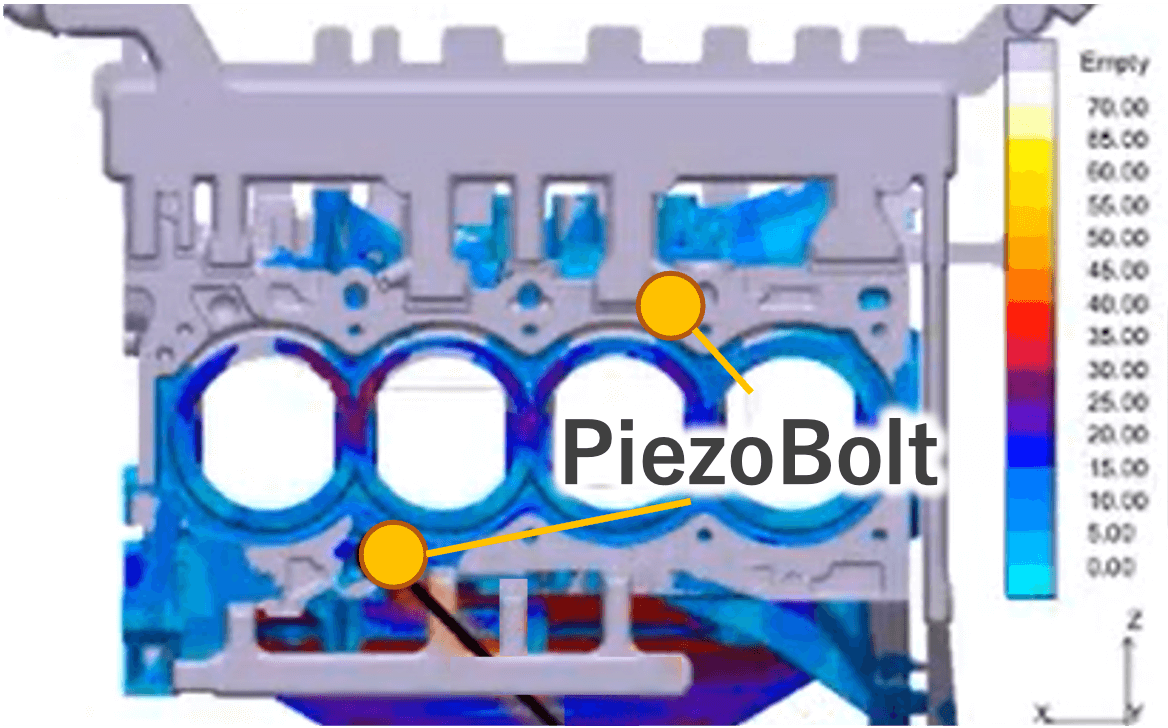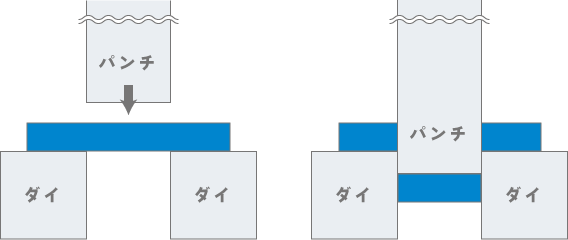A Load Sensor is a device that detects the force (including mass and torque) and converts it into an electrical signal when force is applied.
Types of Load Sensors and Their Features
There are two types of load sensors:
- Strain-Gauge Sensor: Generally larger in size. Suitable for long-term monitoring of large forces.
- Piezoelectric Sensor: Smaller in size and capable of high-speed measurements. However, due to its operating principle, it is prone to sensor drift.
Main Applications of Load Sensors
Load sensors are widely used across various industries. Typically:
Piezoelectric Sensors are chosen for measuring large forces.
Strain-Gauge Sensors are preferred for measuring large forces.
Applications include:
- Mass measurement.
- Control device in the medical field.
- Material testing.
- Semiconductor and electronic device testing.
Yamanaka’s Load Sensor and Case Studies
Our “PiezoBolt” is a bolt piezoelectric load sensor.
This sensor incorporates a highly sensitive piezoelectric element within the bolt, enabling it to measure changes in axial force applied to the bolt. By simply replacing existing bolts with “PiezoBolts”, you can monitor the load conditions around the bolt locations on machinery and detect changes or early signs of tiny cracks in dies.
We have selected some case studies to showcase their applications. Please take a look below.
